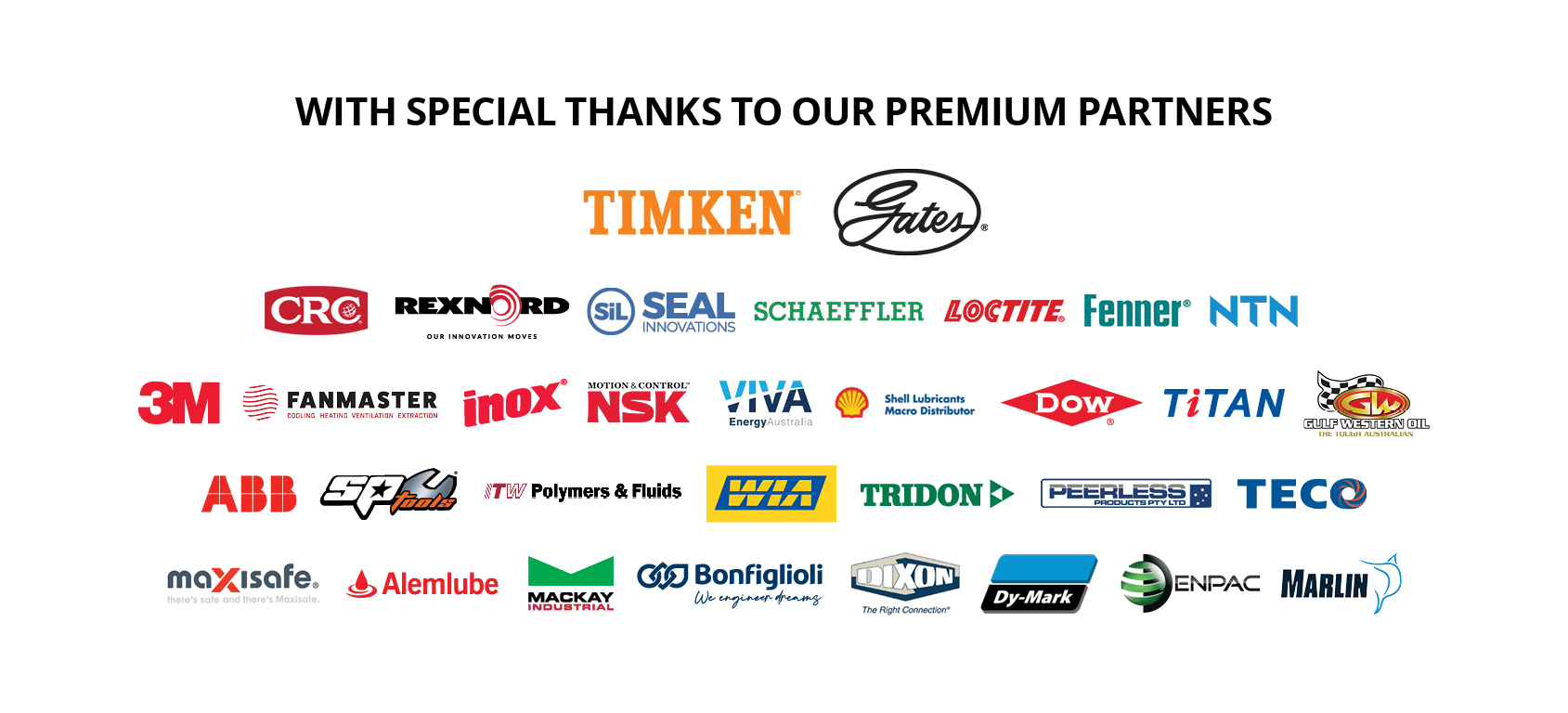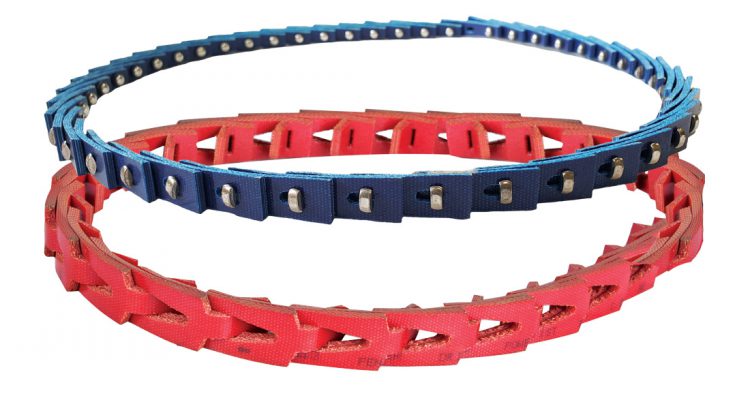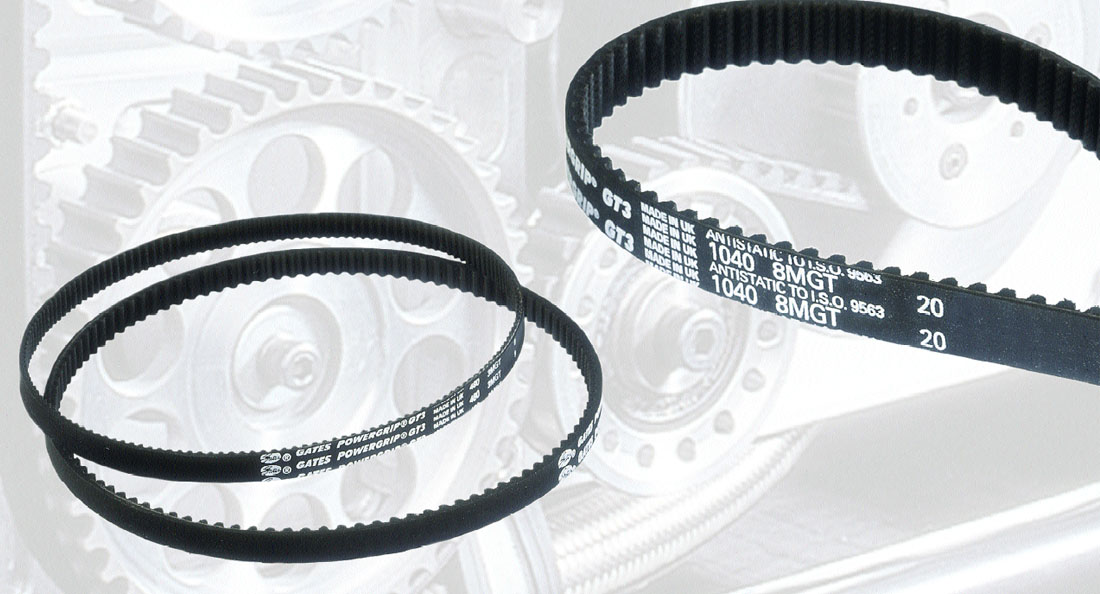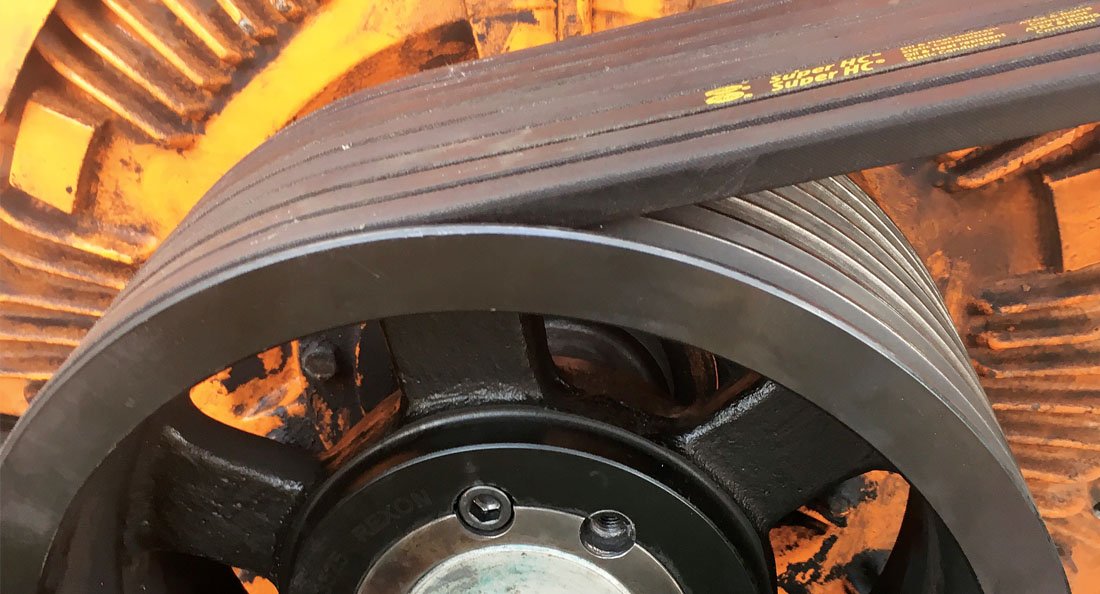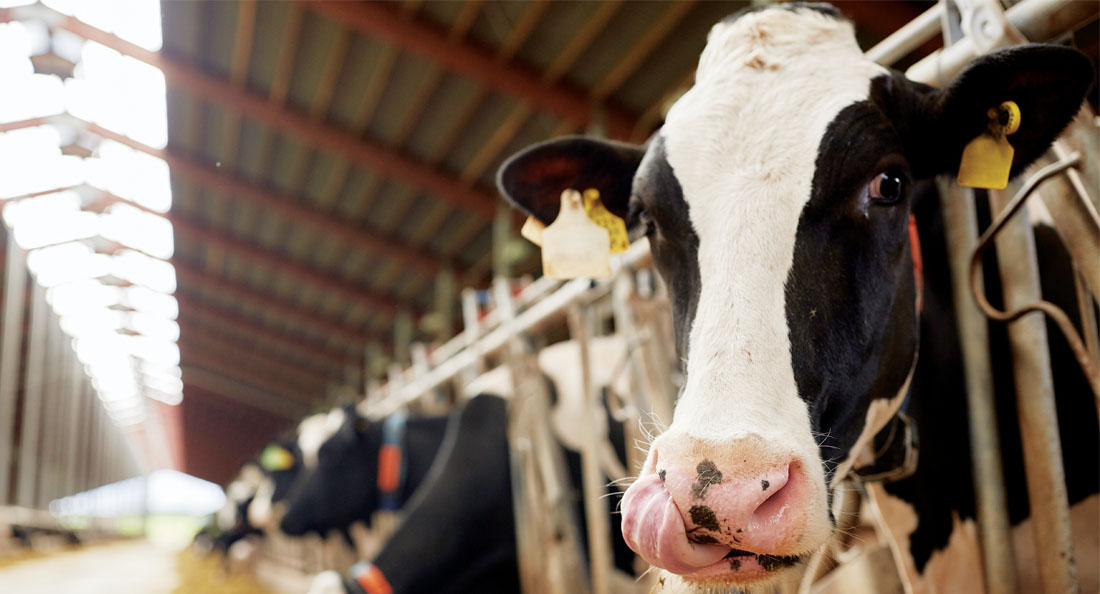Crusher jamming incidents are common – though unwelcomed – occurrences in quarry operations. There are many reasons why a rock crusher might get jammed, with the most common causes being the entry of oversized rocks, metal components or wet material into the crusher.
While crusher jam-ups might be inevitable, the resulting delays and the impact on the overall operations can be minimised with proper precautionary measures, as Matt Thornton, Major Account Manager at CBC points out.
“A crusher jam-up can overheat and burn a whole set of drive belts very quickly. So, you need to be ready, with the right belts in stock, to replace the belts as soon as possible when that happens.”
Matt says for a CBC customer, a quarry business supplying construction products to major roads and infrastructure projects in New South Wales and Queensland, Fenner’s high performance composite (HPC) v-belts provide easy replacements to minimise downtimes in case of emergency.
“The quarry purchases a wide range of Fenner HPC v-belts for use across their multiple mobile rock crushing and screening businesses,” Matt says. “Fenner Drive’s HPC belts have proven to be the right choice for this customer as they are tough enough to withstand the harsh conditions, while also being cost-effective when replacements become necessary.”
Steve Hittmann, National Product Manager – Mechanical Drive Systems & Belt Drives at CBC says the Fenner HPC v-belts offer problem solving alternatives to conventional endless wrapped rubber v‑belts of classical and metric SP wedge cross sections.
“The Fenner HPC v-belts, including the Fenner PowerTwist Plus, Super TLink and NuTLink belts, are made from custom polyurethane elastomers reinforced with multiple plies of polyester fabric and are engineered specifically to replace metric SP wedge belts of SPZ, SPA, SPB and SPC cross section,” he says. “While simple in concept, Fenner Drives’ composite v‑belts deliver outstanding performance, solving many of the field problems traditionally associated with conventional rubber v‑belts.”
One of the biggest advantages of the Fenner HPC v-belts, as Steve explains, is the ease of installation and maintenance.
“Having the right belt on hand saves you time and money. Fenner’s HPC v-belts come in the same standard cross sections as rubber v-belts, and you can make a belt any length you need by hand in seconds. This ensures that you will always have the right v-belt on hand,” he says.
“For example, a pack of SuperTLink will give you the ability to make several belts from a 20-metre roll, giving a significant reduction in working capital tied up in spares. Unlike conventional v-belts, with SuperTLink, re-tensioning is also simple; just roll the belt off, take out a link and roll it back on, no need to move any drive components,” he adds.
Steve says the heavy-duty construction of the HPC belts means the belts can act as permanent upgrades for heavy-duty applications such as rock crushers.
“HPC v-belts from Fenner Drives will outperform conventional rubber v-belts in handling hostile environments, including exposure to oil, grease, water and most common industrial chemicals and solvents. They are also more resistant to abrasion and will operate, with no loss in performance, at a more extreme temperature range — from -40°C to 116°C.”
For emergency belt replacements, Fenner has also introduced the Fenner QuickFix belt, which can be used to replace v-belts and wedge-belts, and is available in SPZ, SPA, SPB and SPC width profiles. Instead of carrying extensive stocks of every type and size of belt, Fenner QuickFix belts can be stocked and used in emergency breakdown situations.
CBC, a part of Motion Asia Pacific, holds the Fenner Power Transmission (FPT) licence within the Asia Pacific region. Matt says the CBC team can also assist customers with a wide range of power transmission services.
“Working with CBC customers, we can offer recommendations on optimum drive design and maintenance, as well as helping them avoid common mistakes, such as pulley misalignment or poor installation. Many of these issues can be avoided if the drive system is set up correctly in the first place and that’s where we come in to help customers,” he concludes.
